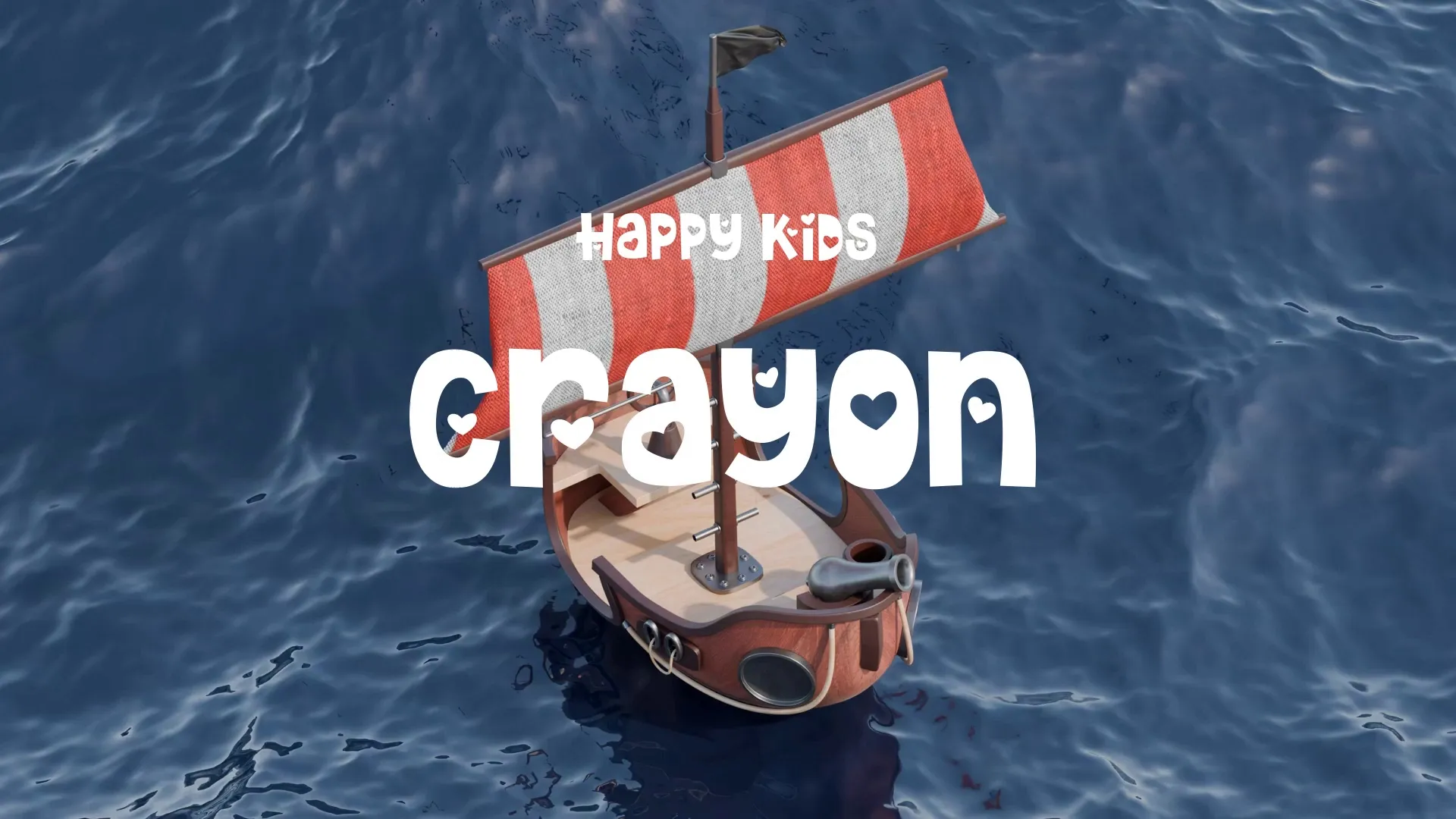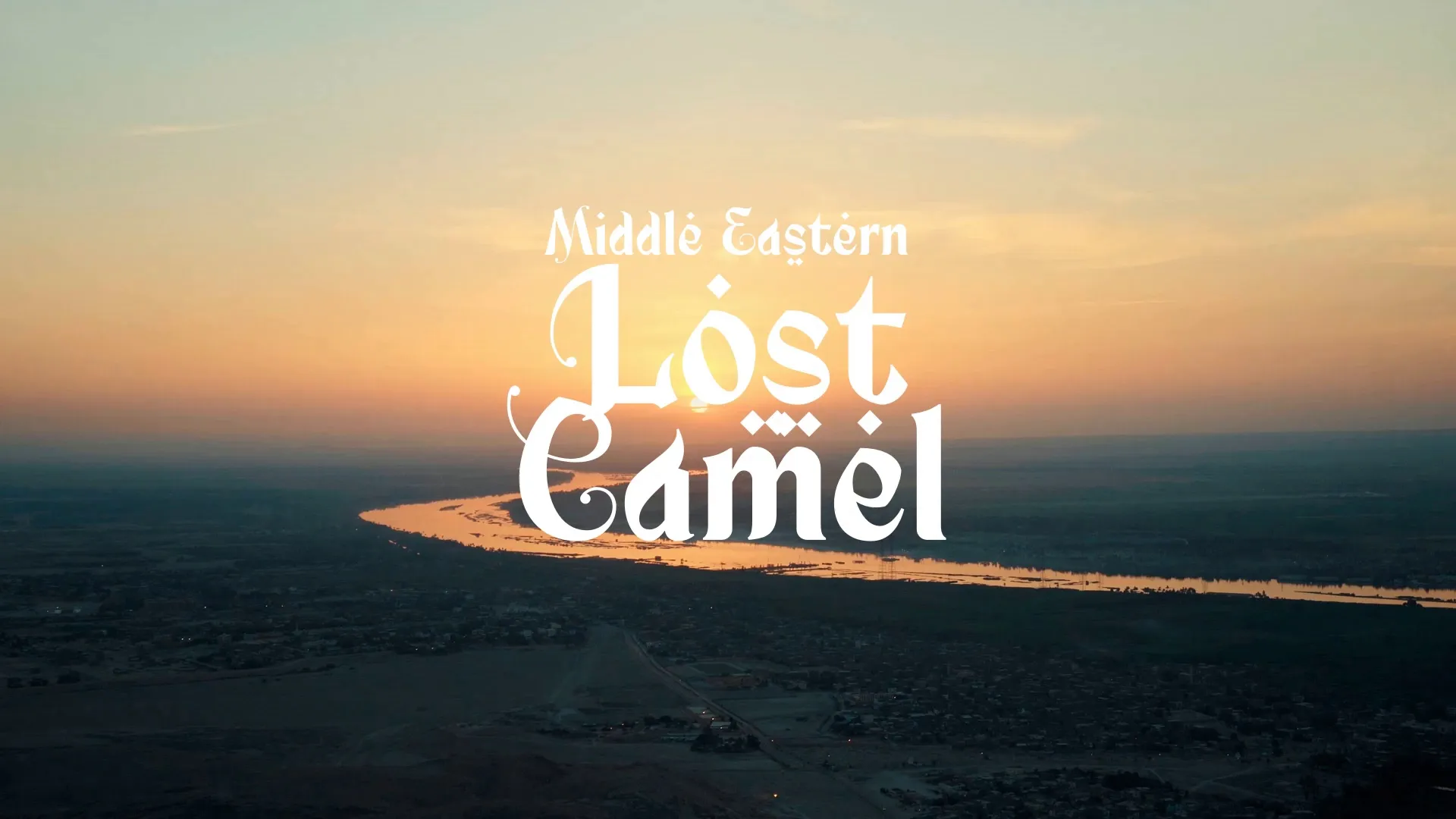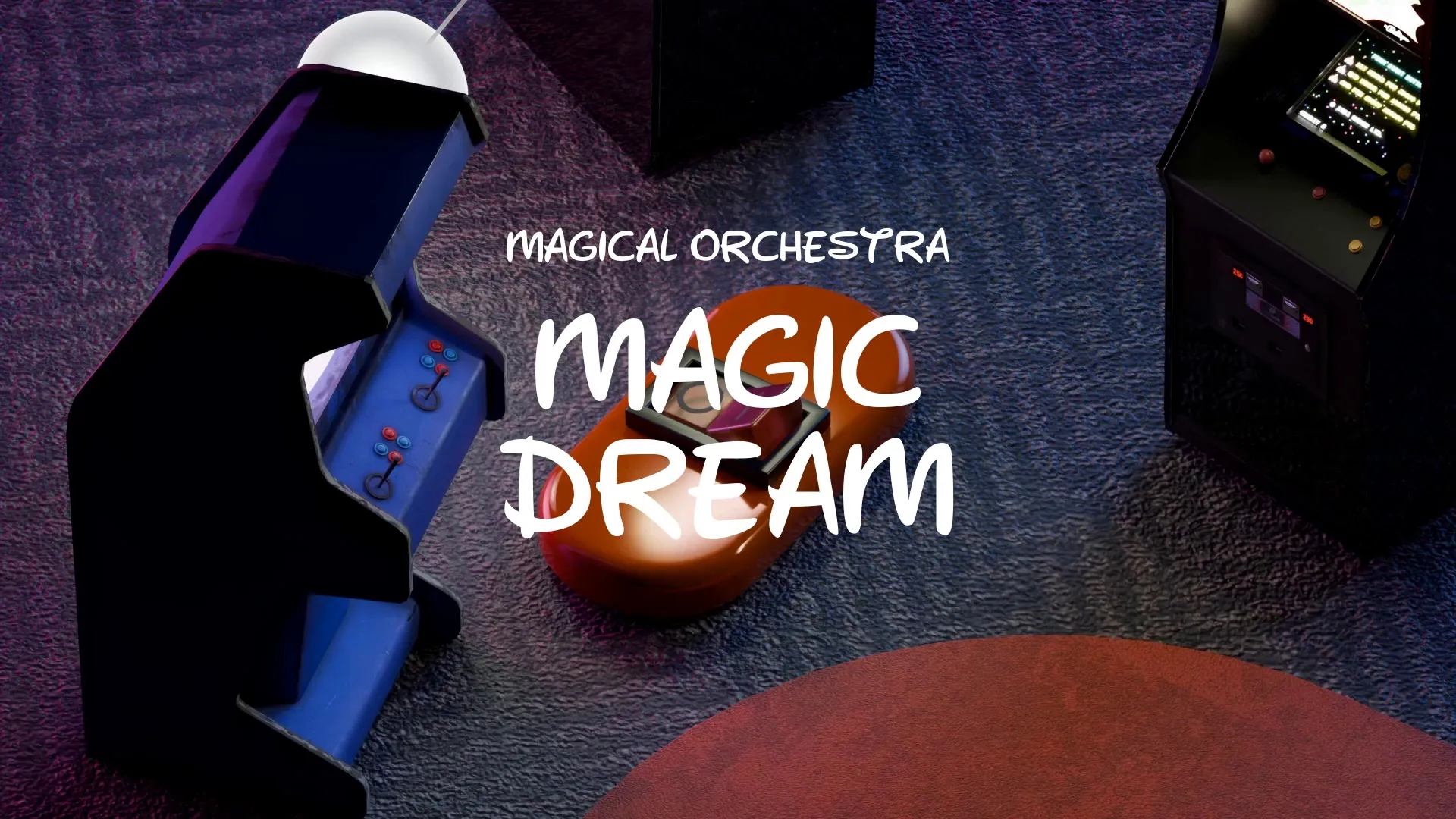Indie Game Marketing & Distribution: A Practical Guide

Marketing and distribution are critical for indie games. Indies often lack big budgets and established networks, but that doesn’t mean failure is inevitable. This article lays out practical marketing and distribution methods to help you reach your audience and boost sales without going broke.
Navigating the Indie Game Market
Before diving in, understand the landscape. The initial climb for indie developers can feel daunting, much like navigating a misty mountain range at sunrise.
It’s about knowing where you stand.
Identify your target audience and any niche markets:
Who are you really trying to reach? If you’re making a pixel-art RPG, are you targeting nostalgic gamers or a younger crowd interested in retro aesthetics? Knowing your audience guides your marketing, directing your efforts toward platforms and communities they frequent. Use surveys on targeted subreddits or Discord servers related to gaming to gather demographic data and preference insights.
Analyze competitor games:
What’s working for them? What isn’t? Don’t just look at sales; check out their marketing strategies, community engagement tactics, and even analyze their failures. Understanding competitors reveals untapped niches and highlights effective (or ineffective) marketing tactics. Use SteamSpy to estimate sales figures for similar games. Analyze their Steam reviews for sentiment and identify recurring complaints or praise. This reveals areas where you can differentiate your game or improve upon existing formulas.
Task: Define your game’s unique selling points (USPs). What makes it stand out? Is it the innovative gameplay mechanics, the compelling narrative, or the distinctive art style? Define this clearly. USPs are the core message of your marketing: they grab attention and differentiate you from the crowd.
Action: Conduct A/B testing on your game’s description to see which keywords and phrases resonate most with your target audience.
Task: Set realistic sales expectations. Don’t expect to be the next Minecraft overnight. Research similar games’ sales figures to get a realistic sense of potential reach. Realistic expectations prevent disappointment and inform budget allocation and resource management.
Action: Examine the sales performance of comparable indie titles on SteamDB or similar platforms. Factor in your marketing budget and the size of your team to project realistic sales numbers.
Pre-Launch Marketing Strategies
Building buzz before launch is critical. It’s about planting seeds early.
- Build a community on social media (Twitter, Discord, Reddit). Engage with potential players. Share work-in-progress screenshots, ask for feedback on game mechanics. Get them invested. Among Us fostered a dedicated community via Discord, which was key to their viral success. Benefit: Direct communication with potential players allows for rapid feedback and builds a loyal fanbase.
- Create a visually appealing game website and press kit. Make it easy for journalists and influencers to find information. Include high-res screenshots, trailers, key features, and your contact information. Hollow Knight’s website provided clear and concise information, making it easy for journalists to quickly grasp the game’s essence. Benefit: A professional website increases credibility and improves conversion rates by providing a central hub for information and pre-orders.
- Reach out to influencers and streamers for early previews. Exposure is key. Find streamers who play games similar to yours and offer them early access. Phasmophobia saw a huge boost from streamers playing the game, showcasing its unique horror experience to a wide audience. Benefit: Influencer marketing exposes your game to a wider audience and generates social proof, driving wishlists and sales.
- Participate in game jams and competitions for exposure and feedback. Even if you don’t win, you’ll get valuable experience and potential visibility. Attending game conventions during this phase, like PAX or Gamescom, provides direct networking opportunities with press and other developers. Baba Is You gained initial recognition and feedback by winning several game jam awards. Benefit: Game jams provide a platform for rapid prototyping and garnering early feedback, while conventions offer invaluable networking opportunities.
- Develop trailers and gameplay videos. Show, don’t just tell. Keep them short, punchy, and focused on what makes your game unique. Dead Cells used fast-paced trailers highlighting the game’s rogue-lite action to generate hype. Benefit: Compelling visuals capture attention and demonstrate the core gameplay loop, driving wishlists and generating excitement.
- Start a blog or devlog. Document the development process to build interest and transparency. Share your challenges, successes, and inspirations. Darkest Dungeon’s detailed devlogs offered a behind-the-scenes look at the game’s development, building anticipation and community engagement. Benefit: Transparency builds trust and creates a connection with potential players, fostering a loyal community that is invested in your game’s success.
Distribution Platforms and Strategies
Choosing the right platforms is crucial. Your choice depends on your game’s genre, target audience, and budget. Consider platform exclusivity carefully, weighing the benefits of increased visibility against potential revenue loss from limiting your reach. If you take the right steps, it can lead to explosive growth much like a lush, vibrant forest.
- Steam: Pros: Huge audience, established platform. Cons: Can be difficult to get noticed, 30% cut. Utilize wishlists and the community hub. Action Item: Indie games often struggle with visibility on Steam. To combat this, increasing your game’s visibility on Steam by 15% within one month can significantly boost wishlists and potential sales. Use SteamDB to identify 3-5 less competitive but relevant tags for your game and update your Steam store page accordingly. After one month, check your analytics using Steam’s built-in analytics dashboard or a third-party tool like SteamDB to verify the increase in visibility. Then, track your game’s conversion rate (wishlists to sales) in the following month to determine if the increased visibility translated into higher sales. Run A/B tests on your capsule art to see which grabs the most attention; aim for a 10% higher click-through rate. This translates directly to more eyes on your store page.
- itch.io: Advantages: More indie-friendly, community-focused, flexible revenue sharing. Action Item: Boost visibility by 20% by curating a themed game collection on Itch.io with cross-promotion from 3-5 participating developers. The collaborative nature of Itch.io allows for organic growth and increased discoverability. Each participating developer should promote the bundle on their social media channels. This leverages each team’s existing audience to expand the reach of all participating games.
- Consoles (Nintendo Switch, PlayStation, Xbox): Navigating submission processes is complex. Consider developer programs. Action Item: Console releases can provide significant revenue and prestige, but the process is opaque. Within one week, identify the specific requirements for submitting your game to one targeted console platform (e.g., Nintendo Switch). Document the initial steps, such as creating a developer account or downloading the required SDK. Share findings on a devlog, detailing the specific hurdles and solutions you encountered. Track the completion of these initial steps as a measure of progress.
- Mobile Platforms (iOS, Android): Focus on App Store Optimization (ASO). Consider monetization strategies like ads or in-app purchases. Action Item: In the crowded mobile market, ranking high in app store searches is crucial. Improve app store ranking by 10% in relevant keyword searches within two weeks by conducting thorough keyword research and optimizing your app store listing. After two weeks, verify ranking improvement using an app analytics platform. Localize your app store listing into a second language to potentially increase downloads by 5% in the translated region within one month, expanding your potential user base.
- Game subscription services (Apple Arcade, Xbox Game Pass): Benefits: Guaranteed revenue, exposure. Drawbacks: Revenue sharing models vary, less direct control. Action Item: Joining a subscription service offers guaranteed income but requires careful evaluation. Before signing any agreement, weigh the pros and cons carefully and understand the revenue sharing model. Create a spreadsheet comparing potential revenue against projected direct sales, factoring in the long-term impact on brand visibility and potential sequel funding. Your goal is to create a forecast within one week, ensuring this opportunity aligns with your long-term goals.
- Direct sales: Sell directly from your website using platforms like Gumroad. Higher profit margins but requires driving your own traffic. Action Item: Increase direct sales by 10% within one month by offering exclusive content or discounts. Use ConvertKit to build an email list and automate promotional emails. Direct sales offer higher profit margins but require building your own audience and driving traffic.
Post-Launch Marketing and Community Engagement
The game is out—now the real work begins: keeping players hooked. This phase requires a continuous feedback loop. To truly understand your impact, it’s important to take time to reflect, much like looking at a starry sky mirrored in a calm lake.
Create a free account, or log in.
Gain access to free articles, game development tools, and game assets.




.webp)












.webp)





